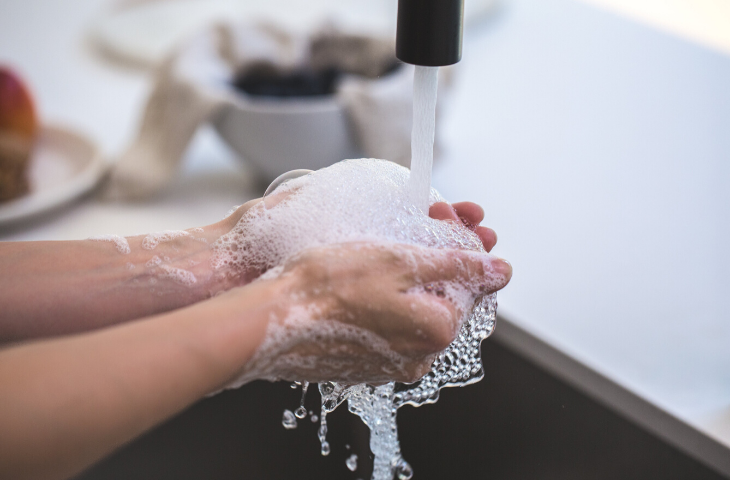Anyone who has ever worked in a school, or sent a child to one knows that germs and viruses can sweep through a school faster than news of the next supermarket collectible. If a clean and hygienic environment isn’t maintained teachers, students, and staff are left vulnerable to all kinds of nasty bugs and bacteria, and therefore increased illness at school.
Dealing with Illness at School
For parents of children returning to school full-time, the guidelines are clear – keep your child home if they are unwell. The problem is it’s not always so easy to tell if a child is in fact, contagious. Many viruses are contagious well before symptoms appear, and while the common cold and flu is most infectious during the first five days kids can continue to be infectious for a further two weeks, even after they feel better, making it near impossible for parents to know for sure if it’s safe to send them back to school.
It’s simply not realistic to depend solely on a parent’s understanding of when, and how long their child is contagious. So, good hygiene remains the best defence against the spread of illness at school.
The Spread of Germs
A study conducted by the University of Arizona placed a virus on just one commonly-touched surface (such as a door knob or bench top) within an organisation. Throughout the day, researchers checked a variety of other surfaces throughout the entire institution. They found that within two to four hours, the virus had spread to almost 60% of surfaces.
When high-touch, shared surfaces are not cleaned and disinfected efficiently, germs and bacteria can spread quickly and easily, and a highly-contagious virus or infection can make illness at school endemic in no time. Keeping a ready supply on hand sanitiser available can cut down on touch-based transmission.
For the safety and well-being of all students and staff, keeping a clean and hygienic environment each and every day is vital.
It's a Matter of Cleanliness
When it comes down to it, the best way to protect staff and students from illness at school is with thorough, and regular cleaning. Waiting for the cleaning staff to do the job at the end of the school day is not effective in stopping the spread of germs, regular cleaning of high-touch surfaces throughout the day is needed for proper protection from illness at school.
- Choose the right product for the job, as one product will not suit all surfaces. For instance, an abrasive cleaner applied to a high-sheen surface might permanently damage it. Choose a cleaning product specifically designed for your flooring, windows, doors, tables and benchtops
- Disinfect – remember that a clean and tidy looking classroom may not be safe from germs. Disinfecting surfaces, especially high-touch surfaces like doorknobs, light switches, and desktops is the most effective way to kill germs and bacteria
- When buying cleaning products for school, cost shouldn’t be the only factor. A small investment in the correct cleaning products might save you a lot in time, money and productivity in the long run
- Where possible, look for eco-friendly cleaning products. There are many products available that are less harmful to the environment, and to sensitive noses and lungs but still tough on germs
- Invest in quality cleaning equipment that will last
- Re-stock cleaning supplies regularly to ensure your cleaning schedule is maintained
- Ensure staff knows where the cleaning products and equipment are kept. Particularly disinfectant wipes and sprays. Any spills should be cleaned immediately to remove any potential slip or trip hazard
- For desks, ensure you have antibacterial wipes and hand sanitiser on hand in all rooms of the school
- Soap must be available to students and staff in all bathrooms
- Remind staff and students that hygiene measures such as maintaining social distance, regular handwashing with soap or hand sanitiser, sneezing and coughing into the elbow, disposing of tissues immediately, and staying home when unwell are all important ways to prevent the spread of viruses at school
- Displaying signage to remind students and staff to maintain a safe distance, and regularly wash their hands will help to reduce the spread of germs and keep everyone healthy and happy

